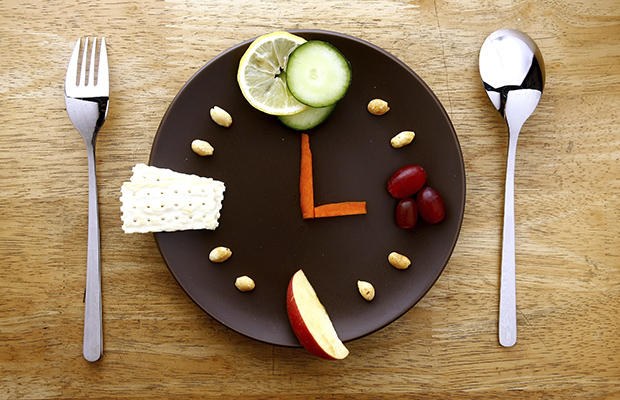Protein Powder
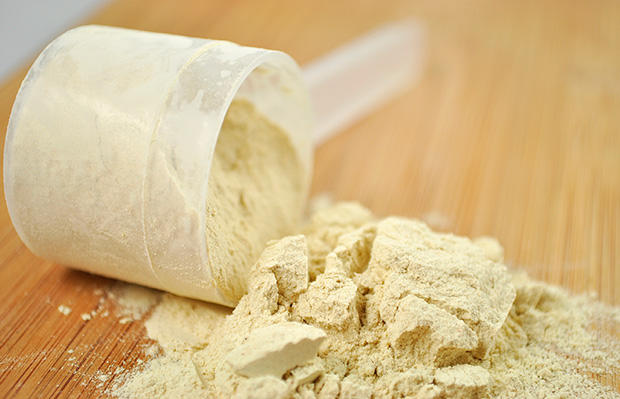 Photograph by Brian Balster/getty images
Photograph by Brian Balster/getty images
One factor that contributes to a person's metabolic rate is the amount of lean muscle they have, says Levinson, and that's largely dependent on how much protein they consume (along with doing some weight-bearing exercises). Protein also takes longer to digest than carbs, which can keep your body working and metabolizing. Consider adding a high quality, minimally processed protein powder such as Source Organic Whey Protein ($32 for 12 ounces), which is made with milk from grass-fed cows and packs 21 g of protein per serving.
Cayenne Pepper
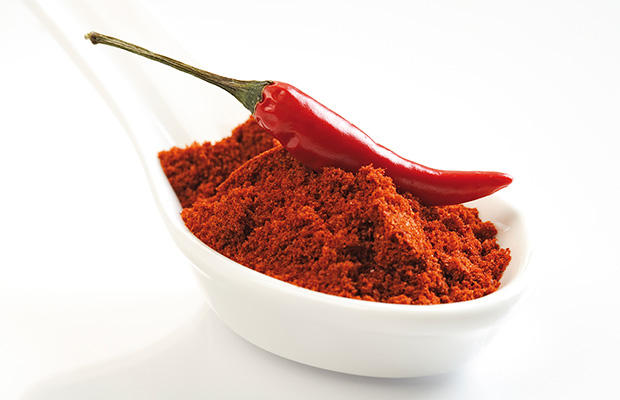 Photograph by creativ studio heinemann/getty images
Photograph by creativ studio heinemann/getty images
Good old cayenne pepper contains an active ingredient called capsaicin, which can temporarily boost your metabolism, says Largeman-Roth. It does so by causing your body to produce more heat (capsaicin is responsible for cayenne's spicy flavor) and thus burn more calories. The effect is small, but if you add this spice to your smoothies, drinks, condiments, and meals (think chili) throughout the day, it can be beneficial. Bonus: Cayenne can also help improve digestion. Try it out in this Sweet 'n' Spicy Tropical Smoothie featuring pineapple, avocado, and ginger.
Matcha Powder
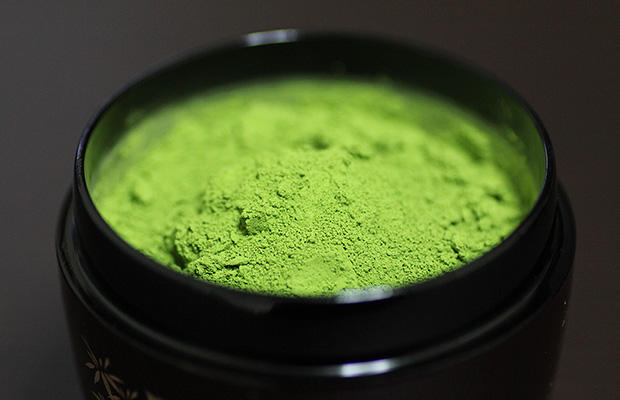 Photograph by Christian Kaden/Satori-Nihon/getty images
Photograph by Christian Kaden/Satori-Nihon/getty images
Green tea boosts your metabolism to the tune of about 4% for the day, says Largeman-Roth, thanks to caffeine and an antioxidant called epigallocatachin gallate (EGCG). For smoothies, use matcha green tea—a powder made from whole, dried green tea leaves that's much easier to scoop and likely contains concentrated levels of antioxidants (use these tips to find a quality matcha). It has an earthy, bitter, and somewhat intense flavor, though, so stick to just 1 teaspoon per smoothie. Try it out in this Coconut Matcha Smoothie.
Apple Cider Vinegar
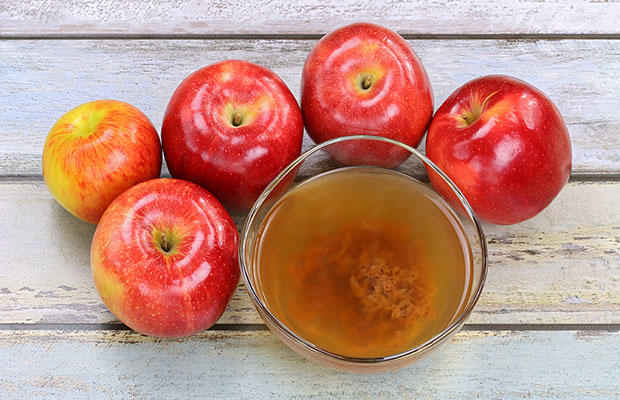 Photograph by sasimoto/getty images
Photograph by sasimoto/getty images
ACV in a smoothie? Sounds crazy, right? But hear us out. Research shows that this fermented form of apple juice can help stabilize blood sugar levels, thereby helping prevent cravings (and subsequent overeating) caused by blood sugar dips. How it works: The theory is that acetic acid, the main component in vinegar, may interfere with the body's ability to digest starch, thus curbing starch's effect on blood sugar. In smoothies, ACV pairs well with cinnamon, which itself improves insulin sensitivity (i.e. helps carbs make their way into cells instead of being stored as fat). Try the two together in this Apple Spice Smoothie.
Almond Butter
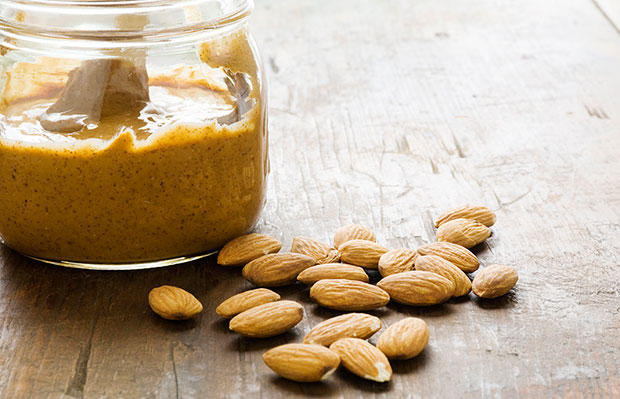 Photograph by modesigns58/getty images
Photograph by modesigns58/getty images
With its combination of protein, fiber, and healthy monounsaturated fatty acids (MUFAs), almond butter makes a smart addition to any post-workout or meal-replacing blend, says Largeman-Roth. Not only is it delicious, but a recent study found that snacking on 1.5 ounces of almonds per day (about 2.5 Tbsp of almond butter) reduces cholesterol, belly fat, and waist circumference. Try it out in this Banana-Almond Protein Smoothie.
Chia Seeds
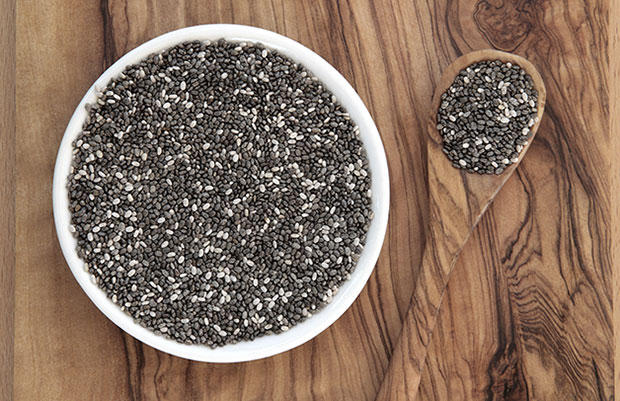 Photograph by marilyna/getty images
Photograph by marilyna/getty images
In addition to thickening your smoothie and making it way more satisfying, chia seeds are a great source of alpha-linolenic acid (ALA), a type of plant-based omega-3 fatty acid. What's cool about omega-3s, says Levinson, is that they stimulate the satiety hormone leptin, which signals your body to burn these fats instead of storing them as fat. Try them out in this Blueberry-Cashew Bliss smoothie.
Tiger Nut Flour
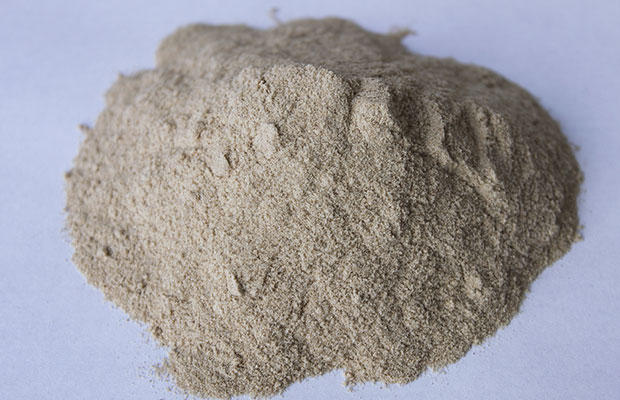 Photograph by kathy kafka/getty images
Photograph by kathy kafka/getty images
Tiger nuts are one of the trendiest new health foods out there, and tiger nut flour is simply the ground up version, making it perfect for blending into smoothies. Why you should: Tiger nuts are sky high in resistant starch, a type of fiber that passes through the stomach and small intestine without being digested, and may help you lose weight by reducing blood sugar spikes and keeping you fuller longer than other foods with the same number of calories. It also benefits your gut by acting as a prebiotic, stimulating the growth of good bacteria in the digestive tract. The flour has a subtly sweet taste and pairs well with almost any smoothie flavor combo.
Avocado
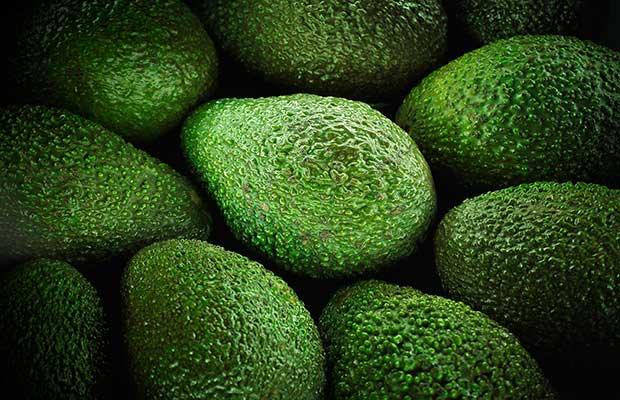 Photograph by Patrick Llewelyn-Davies/getty images
Photograph by Patrick Llewelyn-Davies/getty images
Not only does avocado lend a decadent creaminess to your smoothie (try it out in this Avocado-Mojito Smoothie), it's also loaded with MUFAs, which help reduce inflammation and have been linked to a reduction in belly fat and overall weight. MUFAs, along with avocado's high fiber content (about 14 g in one avocado!), also help boost satiety and improve insulin sensitivity, says Levinson, making you less likely to store fat.


